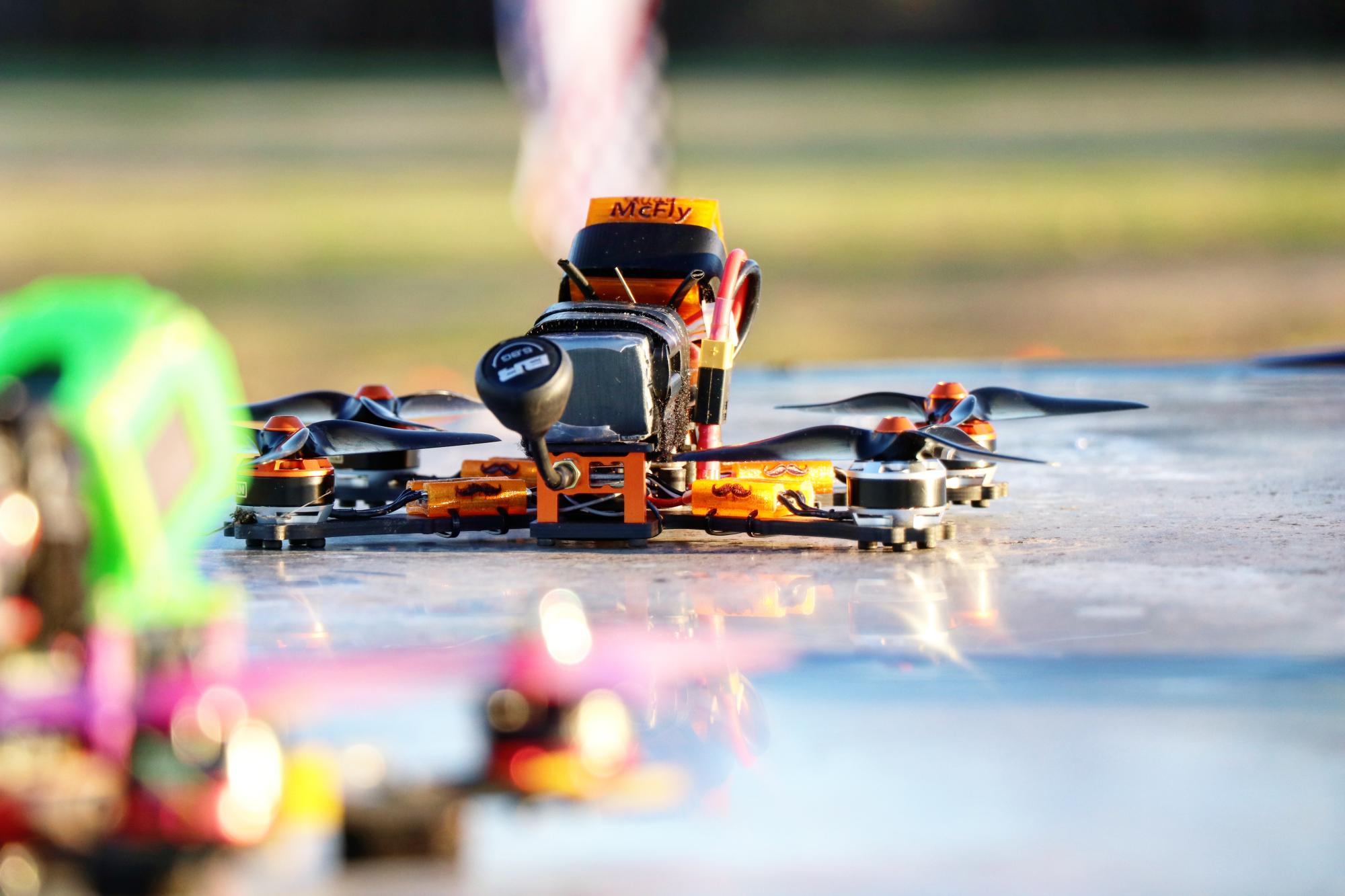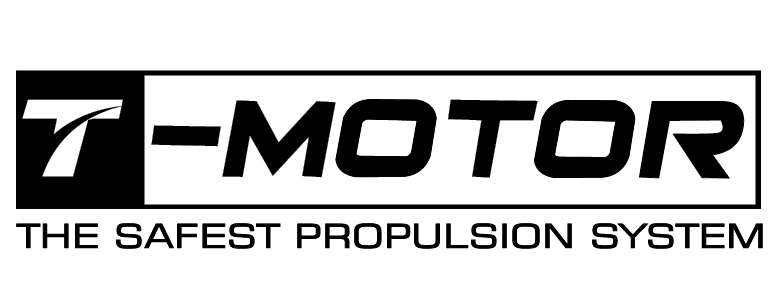- Home >
- Results >
- Motor Tests >
- Mid KV >
- RCTimer ZOE Z2010 2400kv
This unusual stator size is the second in the BeeRotor ZOE FPV series from RCTimer.
Check out the full list of motors in this series here
Summary
The very unusual stator size here had me immediately curious about this motor. The DYS SE2008 was a small glimpse into the performance of narrow but taller stator motors, and the even taller stator, but slightly lower KV of this motor is a very interesting combination here. Given the fact that this is a "Zoe" motor with 3D literally etched into the "o" in her name, and the unique stator size, it is clear this motor is targeted towards the high torque needed to make very rapid transitions required during 3D mode flight. In other aspects this motor is very similar to the first Z series motor I tested. Build quality is solid, everything is smooth and tight, and the windings look excellent. The air gap isn't amazingly tight like some of the other motors I've tested, which is a fairly significant contributor to motor performance under load. Also it uses square magnets rather than arc magnets, but that doesn't seem to make as significant a difference as I had first thought. Other factors seem to make a larger contribution than square magnets vs. arc magnets. The partially hollow shaft design and 4mm interior shaft width is excellent, as with the original "Z" motor I tested. The only real drawback I see with this motor is the weight. At 37g with long wires, and just under 35g with short wires, this is probably the heaviest motors i've seen on the bench. Ideally I'd like to see it shave at least a couple grams off to match the 35g including wires of the F60, or even a bit more to hit around 33g. I realize that is not always possible given other design considerations. Either way depending on your needs that is definitely something that needs to be taken into account.
Now on to the bench results!
Test Results
I wasn't completely sure what to expect out of this motor on the bench given its uniqueness. I had suspicions about how the stator size would impact the results, but I was very curious to see how it would play out. I was actually very pleasantly surprised! There were two things that really impressed me about this motor. The first thing was its efficiency. Clearly most of the propellers I tested on this thing were very low in the loading scale for this motor. It had no trouble spinning any prop I threw at it, and it was significantly lower amp draw for the thrust and RPMs than pretty much any other motor I've tested. In some cases it was 4-5 amps less current for similar thrust than other motors at similar thrust, though typically closer to 2 amps difference if directly compared with the same props and similar RPMs/thrust. The second thing that impressed me here was the torque. I expected fairly high torque given the very tall stator size here, and it really delivered. Transition speeds were noticeably faster across the board, but especially so on the heavier props. Overall there was some really excellent performance out of this motor. There is one thing that leaves me curious here, and I will have to fly a set to find the answer: does the higher torque and faster change in speed of this motor create greater acceleration that out weighs the rise in the moment of inertia due to it's weight. Especially with the lower current draw creating less of a drain on the pack, this could be a very interesting combination.










































